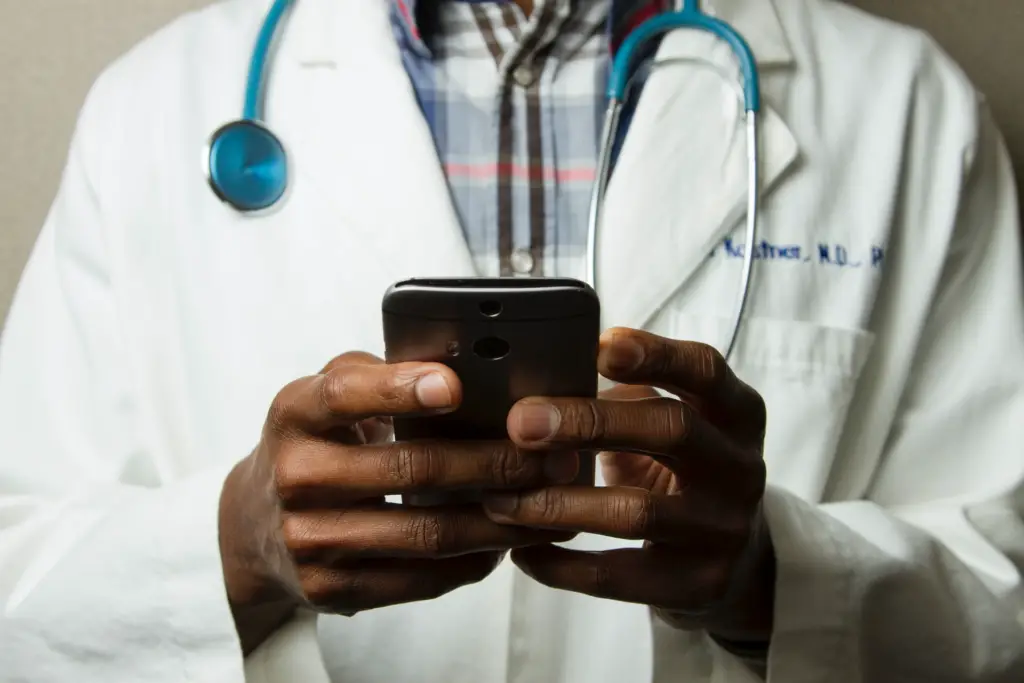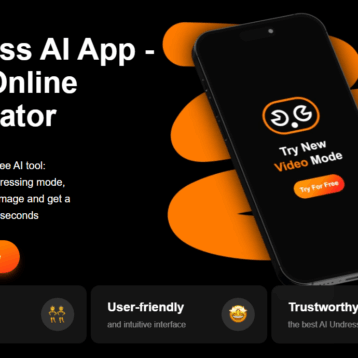
By connecting patients and doctors at a distance, telemedicine software makes medical services much more accessible, safer, and convenient. Although discussions about telehealth implementation started more than a decade ago, the coronavirus outbreak forced medical organizations to put these words into action. Today, more and more healthcare providers invest in telemedicine app development to improve patient experience, increase the quality of care delivery, and prevent the spread of contagious diseases.
Exoft team has already helped many hospitals, clinics, and laboratories to undergo the digital transformation process. We’ve also been involved in several HIPAA-compliant projects. This article will outline the essential features that every telemedicine solution should have.
Video conferencing
The opportunity to attend video counseling sessions with a doctor instead of visiting a clinic or hospital offline is the reason why the idea of telemedicine software emerged in the first place. That’s why, when starting a telehealth practice, medical organizations must ensure that a patient and physician can easily and securely communicate during remote consultations. It means that a telemedicine app should enable high-quality video and audio calls. But not only that. It must also contain other essential features, such as group calls, screen sharing, and video recording. In general, healthcare providers should strive to make virtual real-time consultations resemble in-person appointments as much as possible.

In-app messaging
When doctors provide medical services remotely, many methods of patient assessment are unavailable. That’s why clinicians need to have the necessary digital tools to help them identify all visible patient’s symptoms and make accurate diagnoses. An end-to-end encrypted chat is one of such tools. It allows patients to exchange text-based messages with doctors either during the call or after it if something was missed in the session. In addition, the in-app messaging feature simplifies sharing of photos or other documents (e.g., medical records from another healthcare provider) with other users. All these aspects make telemedicine services more effective and convenient for both sides.
Patient and doctor profiles
Profiles help patients keep all health-related records in one place. Besides basic information like name, sex, and age, a profile can contain a person’s medical history, insurance verification details, prescriptions, and a list of previous appointments. During a telemedicine session, a patient can easily share this information with physicians to get a more accurate diagnosis. Meanwhile, doctor profiles allow them to manage personal schedules and availability for telemedicine calls. Some information from such profiles (e.g., name, specialization, and experience) also help patients choose the right doctor for remote medical consultation.
Appointment management
If a medical organization wants to deliver an outstanding patient experience, its telemedicine solution must contain a remote scheduling feature. First of all, online appointment management makes a patient journey smoother and more consistent. A person can book, change, and cancel a doctor’s appointment in a few clicks in a telemedicine application, so no need to make any phone calls to the clinic reception. Besides, when telehealth software handles all the scheduling, the administrative staff doesn’t have to waste hours on managing appointments manually. And, lastly, this feature increases the efficiency of a telemedicine practice. With calendar integration, doctors get 24/7 access to the appointment statuses, so all patients get on-time treatment.
Reminders and alerts
Doctors are usually too busy to keep in mind their schedules. Meanwhile, patients often book a telemedicine session in advance and can easily forget about the upcoming appointment when its day comes. To ensure that nobody misses a video call, medical organizations should equip their telemedicine software with reminders and alerts. These features help doctors and patients keep track of their appointments and can significantly reduce the number of no-shows.
E-prescription
An e-prescription feature allows physicians to create and send prescriptions to patients electronically during or after a telemedicine session. Healthcare providers can also integrate the functionality that enables sharing patients’ e-prescriptions with a list of pharmacies. Besides facilitating process automation and efficiency, this feature is a fundamental element of patient safety. When doctors have an opportunity to prescribe drugs right in the app, the risk of human error is practically eliminated. As a result, patients can be sure that they get the right medications with correct dosage instructions.
Payment gateway
With a payment gateway, users can pay for telemedicine sessions in the same app they’ve used to communicate with a doctor. Since all invoices are automated, and payments can be made in no time, patients get a more pleasant experience while interacting with a medical organization. Also, using a reputable payment system (e.g., Stripe, PayPal) ensures that payment processing is secure and patients’ money won’t get lost. Finally, the integration of a payment gateway increases the accuracy of all money matters and reduces the administrative burden related to remote clinical services.
Conclusion
The adoption of telemedicine software can improve the quality of medical services for patients and clinicians. When opting for custom development, you will be able to adjust a telehealth solution precisely to the needs of your clinic or hospital needs. Video conferencing, chats, profiles, online scheduling, reminders, e-prescriptions, and payment gateways integration are only the basic functionality that most medical organizations request. But, of course, you can include many more features in your telemedicine system.










